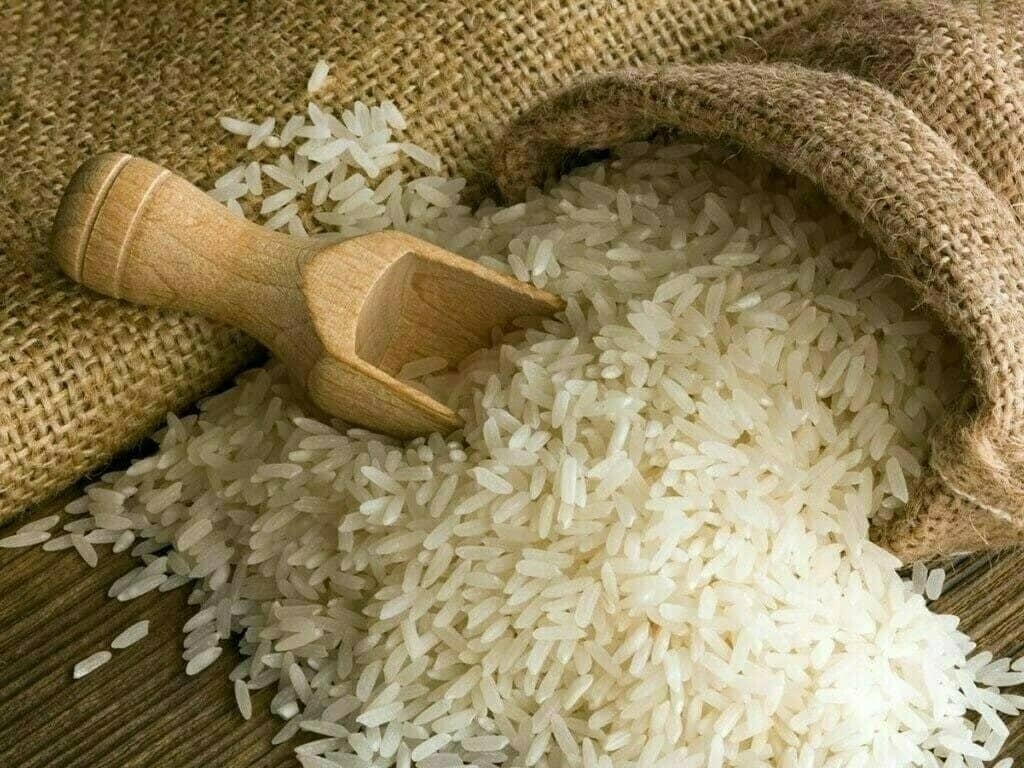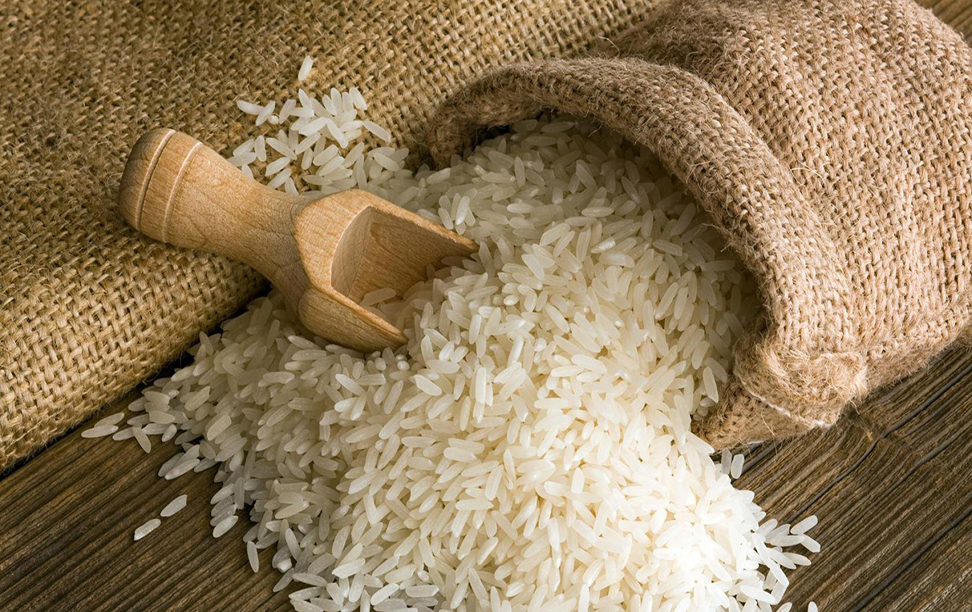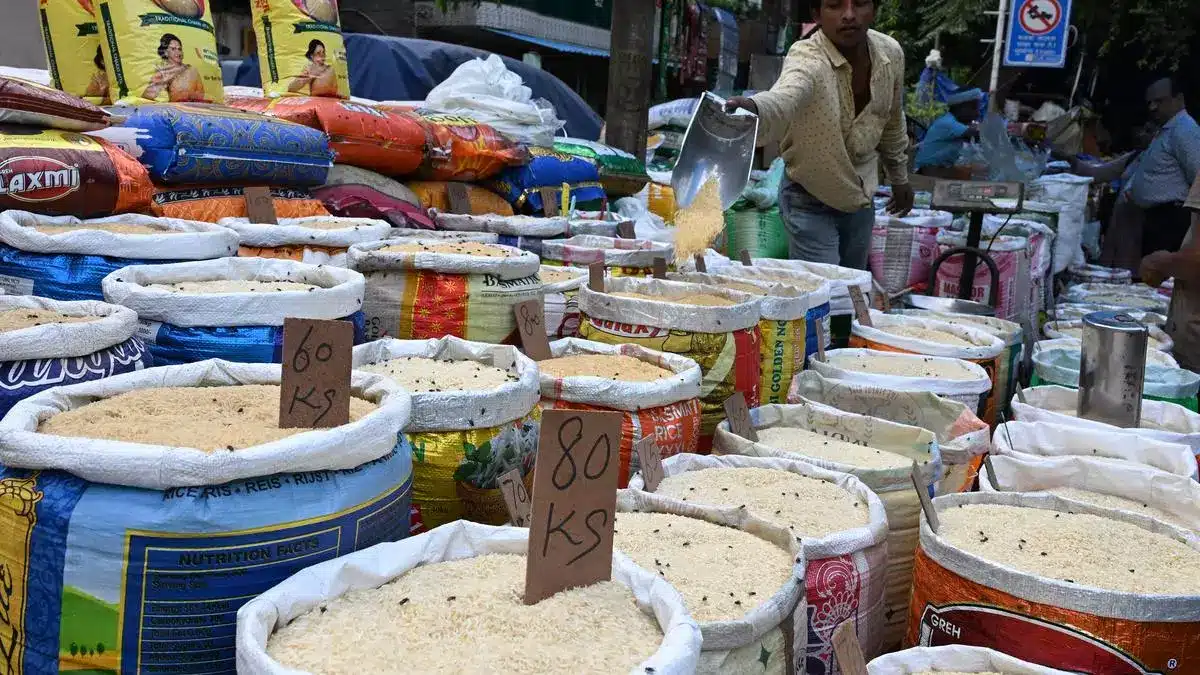Tags
India sows more millets and less rice this kharif season

With heavy showers in July have meant that, India, which was seeing a 30% deficit in rainfall in mid-June, is now at 2% excess rainfall reading. However, the June deficit has had an effect on kharif acreage sowing which is around 9% lower than what it was last year.
The sowing seen in rice and pulses saw the weakest progress — shrinking by almost a quarter.
“Within pulses, lower acreage of Arhar (Pigeon pea) and Urad (Black lentil) was noted for the same period. Even the sown area of oilseeds, cotton and Jute and Mesta have fallen sharply,” say economists at Bank of Baroda.
Economists at HDFC say that uneven distribution of rainfall is the reason for the blip in sowing.
“This could be due to weak rainfall progress in major rice and tur producing states. Looking ahead, as the majority of the season’s sowing takes place in July, rainfall progress during the month would be crucial,” say economists at HDFC.
Eastern belt states like Bihar, Jharkhand, Odisha and in Central (Maharashtra) and Southern region of Telangana, Karnataka, Kerala have received deficient rainfall. Then there is the El Nino effect which might impact the entire monsoon season.
On the other hand, signaling a bounty year for millets, sowing seen in bajra or pearl millet was much more than that of last year. Jowar or sorghum also saw higher sowing, along with coarse cereals – and a marginal growth in sugarcane.
The year of 2023 has been declared the year of millets by United Nations, and apart from the Union Budget push, most state governments like Chattisgarh and Odisha are providing incentives to farmers as a part of their millet missions.
| Crop | Acreage sown in 2023 (lakh hectares) | YoY change |
| Coarse Cereals | 73.4 | 19.7% |
| Jowar | 6.1 | 44.8% |
| Bajra | 38.5 | 60.3% |
| Rice | 54.1 | -23.9% |
| Pulses | 32.6 | -25.8% |
| Oilseeds | 61.1 | -14.3% |
| Cotton | 70.5 | -10.9% |
| Sugarcane | 55.8 | 4.7% |
| Jute and Mesta | 5.8 | -15.3% |
Source: CEIC, Bank of Baroda │ Data as of 7 July 2023
Rainfall, inflation & rate cuts
The slump in sowing might have an effect on food prices, and the prices of vegetables like tomato, chillies and ginger rose sharply in the past few days, in addition to milk inflation which continues to be high. Tur, wheat and rice are also beginning to inch up.
“To reduce the impact of steep increase in tomato prices, some state governments like Tamil Nadu and West Bengal have taken supply related measures. Among cereals, sufficient buffer stock of wheat and rice might offer a cushion and keep a check on prices,” said the HDFC report which expects inflation to average at 5% in the second quarter.
Also, in order to encourage pulses production the government has removed the 40% procurement limit on pulses, like Tur, Urad, Masur (red lentil).
“We expect the RBI to continue remaining on pause at its August meeting as the central bank’s inflation projections are on the cautious side and already factor in some upside to the inflation prints going forward. Although, if weather conditions turn for the worse and have a material impact on the inflation outlook, rate cut expectations by the RBI could be pushed back further in 2024,” HDFC believes.
A recent report by Kotak Institutional Equities says that a weak monsoon in July-August could make this a broad-based upside across various food items.
“This may not bode well for market expectations of an early rate cut cycle. We estimate inflation to average around 5% in FY2024 without any significant impact of monsoons and 5.3% in case monsoons were to disappoint and we see a more broad-based pickup in food prices,” Kotak says.
https://www.businessinsider.in/india/news/india-sows-more-millets-and-less-rice-this-kharif-season/articleshow/101642365.cmsPublished Date: July 11, 2023







